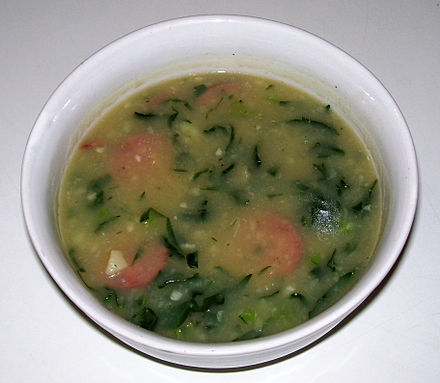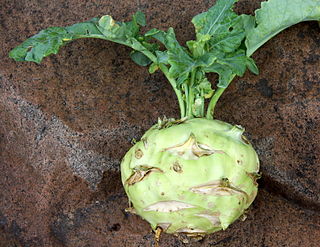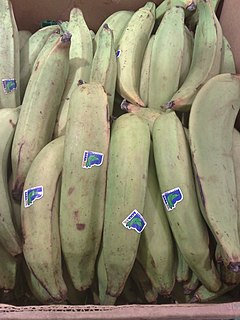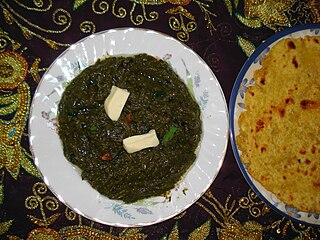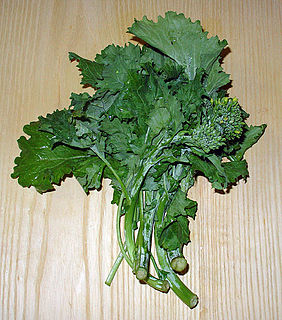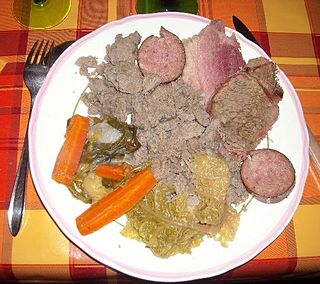| Collard greens | |
|---|---|
 A bundle of collard greens | |
| Species | Brassica oleracea |
| Cultivar group | Acephala Group |
| Origin | Greece |
| Cultivar group members | Many; see text. |

Collard greens (collards) describes certain loose-leafed cultivars of Brassica oleracea , the same species as many common vegetables, including cabbage (Capitata Group) and broccoli (Botrytis Group). Collard greens are part of the Acephala Group of the species, which includes kale and spring greens. They are in the same cultivar group owing to their genetic similarity. The name "collard" comes from the word "colewort" (the wild cabbage plant). [1] [2]

The term cultivar most commonly refers to an assemblage of plants selected for desirable characters that are maintained during propagation. More generally, cultivar refers to the most basic classification category of cultivated plants in the International Code of Nomenclature for Cultivated Plants (ICNCP). Most cultivars arose in cultivation, but a few are special selections from the wild.

Brassica oleracea is a plant species that includes many common foods as cultivars, including cabbage, broccoli, cauliflower, kale, Brussels sprouts, collard greens, savoy, kohlrabi, and gai lan.

Cabbage or headed cabbage is a leafy green, red (purple), or white biennial plant grown as an annual vegetable crop for its dense-leaved heads. It is descended from the wild cabbage, B. oleracea var. oleracea, and belongs to the "cole crops", meaning it is closely related to broccoli and cauliflower ; Brussels sprouts ; and savoy cabbage. Brassica rapa is commonly named Chinese, celery or napa cabbage and has many of the same uses. Cabbage is high in nutritional value.
Contents
- Description
- Cultivation and storage
- Nutritional information
- Culinary use
- Southern United States
- East Africa
- Zimbabwe
- Brazil and Portugal
- Kashmir
- Pests
- See also
- References
- External links
The plants are grown for their large, dark-colored, edible leaves and as a garden ornamental, mainly in Brazil, Portugal, the southern United States, many parts of Africa, the Balkans, northern Spain, and Kashmir.
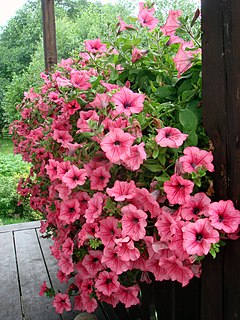
Ornamental plants are plants that are grown for decorative purposes in gardens and landscape design projects, as houseplants, cut flowers and specimen display. The cultivation of ornamental plants is called floriculture, which forms a major branch of horticulture.

Brazil, officially the Federative Republic of Brazil, is the largest country in both South America and Latin America. At 8.5 million square kilometers and with over 208 million people, Brazil is the world's fifth-largest country by area and the fifth most populous. Its capital is Brasília, and its most populated city is São Paulo. The federation is composed of the union of the 26 states, the Federal District, and the 5,570 municipalities. It is the largest country to have Portuguese as an official language and the only one in the Americas; it is also one of the most multicultural and ethnically diverse nations, due to over a century of mass immigration from around the world.

Portugal, officially the Portuguese Republic, is a country located mostly on the Iberian Peninsula in southwestern Europe. It is the westernmost sovereign state of mainland Europe, being bordered to the west and south by the Atlantic Ocean and to the north and east by Spain. Its territory also includes the Atlantic archipelagos of the Azores and Madeira, both autonomous regions with their own regional governments.







